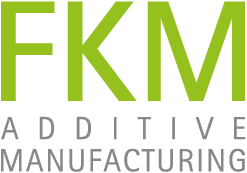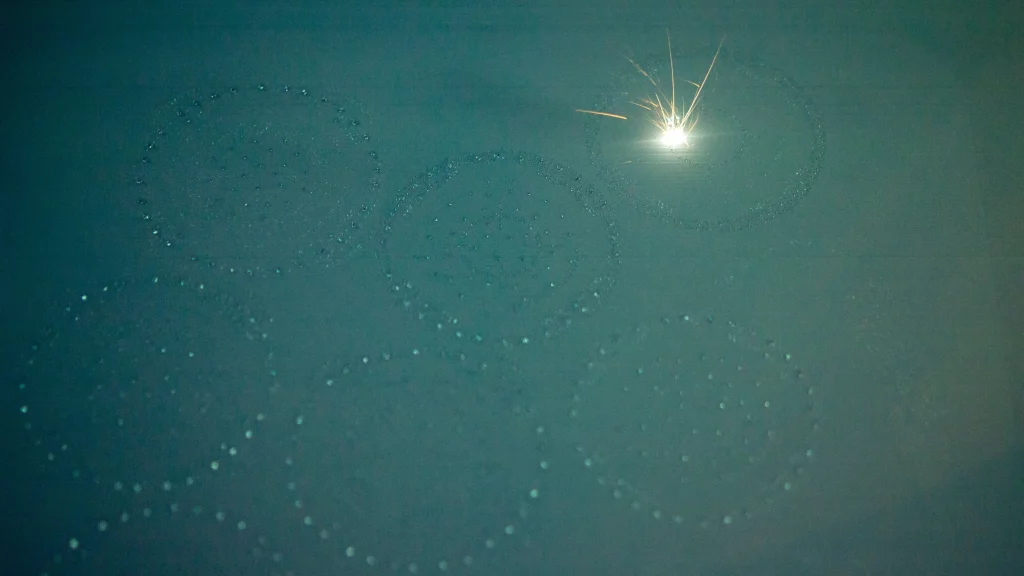What is LPBF?
Since then, a number of machines and systems for the 3D printing of metals have been developed by various companies based on the LPBF process – with different names for the same process principle. Among other things:
- Selective Laser Melting (SLM®): SLM Solutions Group AG, ReaLizer, DMG Mori
- Direct Metal Laser Sintering (DMLS): EOS
- LaserCUSING®: Concept Laser
- Laser Metal Fusion: Trumpf, Sisma3D
How the LPBF process works
In the case of LPBF – as well as the other processes mentioned above – metal printing works by melting metal powders. Layer by layer, the object previously defined via CAD is created on a movable platform in a closed installation space.
Like any 3D printing process, design begins with the creation of the print data of the desired 3D object using CAD software. Subsequently, the selected metal powder is applied to a movable build platform in a very thin layer thickness in the build space of the 3D printer. A laser beam fuses the loose metal powder into solid structures with pinpoint accuracy along the geometry previously defined in the CAD program. The build platform is then lowered by one layer thickness and a new layer of metal powder is sprayed on. The steps of applying powder – melting – lowering the platform are repeated until the desired component has been created.
Materials for the LPBF process
In principle, any metals and metal alloys can be processed in LPBF processes, as long as they are available in powder form. Metallic and alloy materials such as stainless steel, cobalt-chromium (for dental prosthetics), aluminum, titanium, and Inconel are most commonly used for 3D printing. Some precious metals (gold, platinum, silver) are also available in powder form, but have so far been used mainly in jewelry production.
Areas of application of the LPBF
The aviation, automotive and medical sectors (especially dental medicine) are particularly benefiting from this technology. This is because geometric complexity, which cannot be achieved with conventional manufacturing methods, is possible while at the same time reducing the final weight and the number of individual components to be assembled. Especially in the aerospace and automotive sectors, every gram that can be saved counts.

